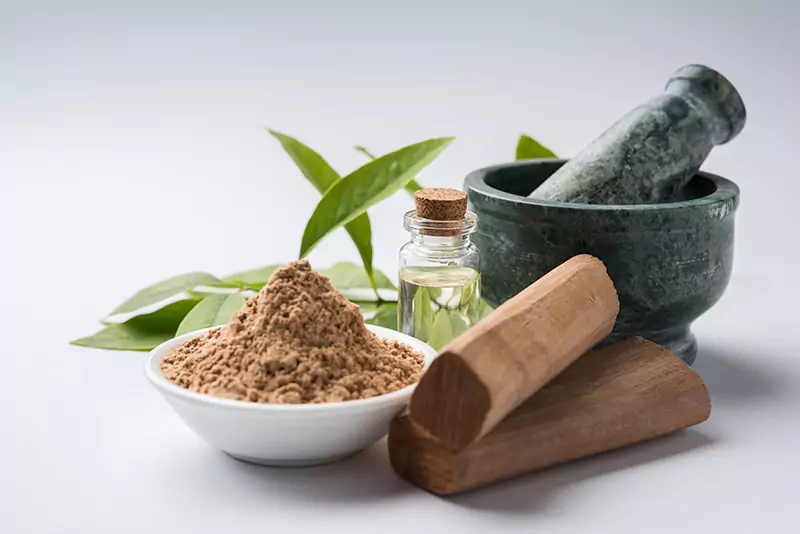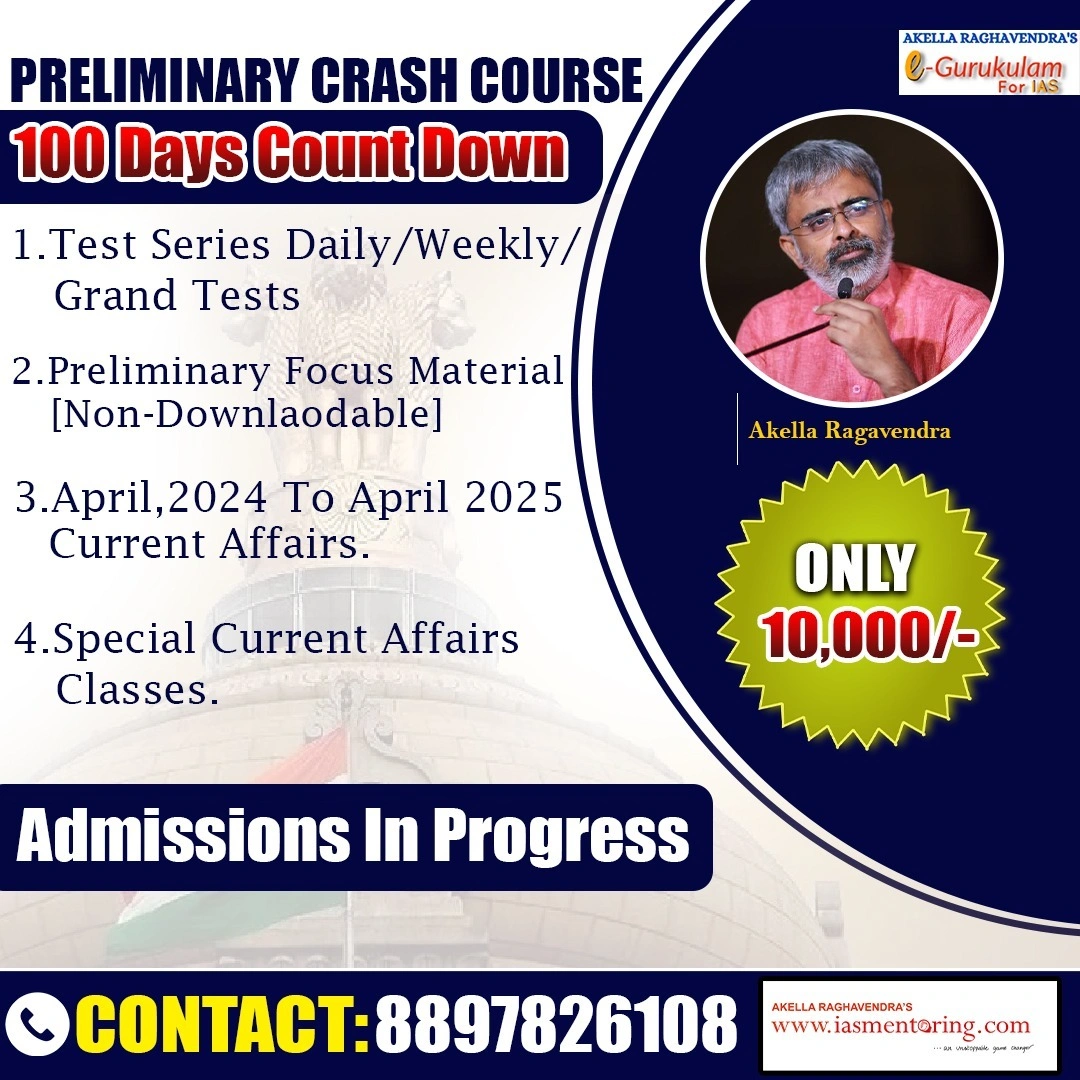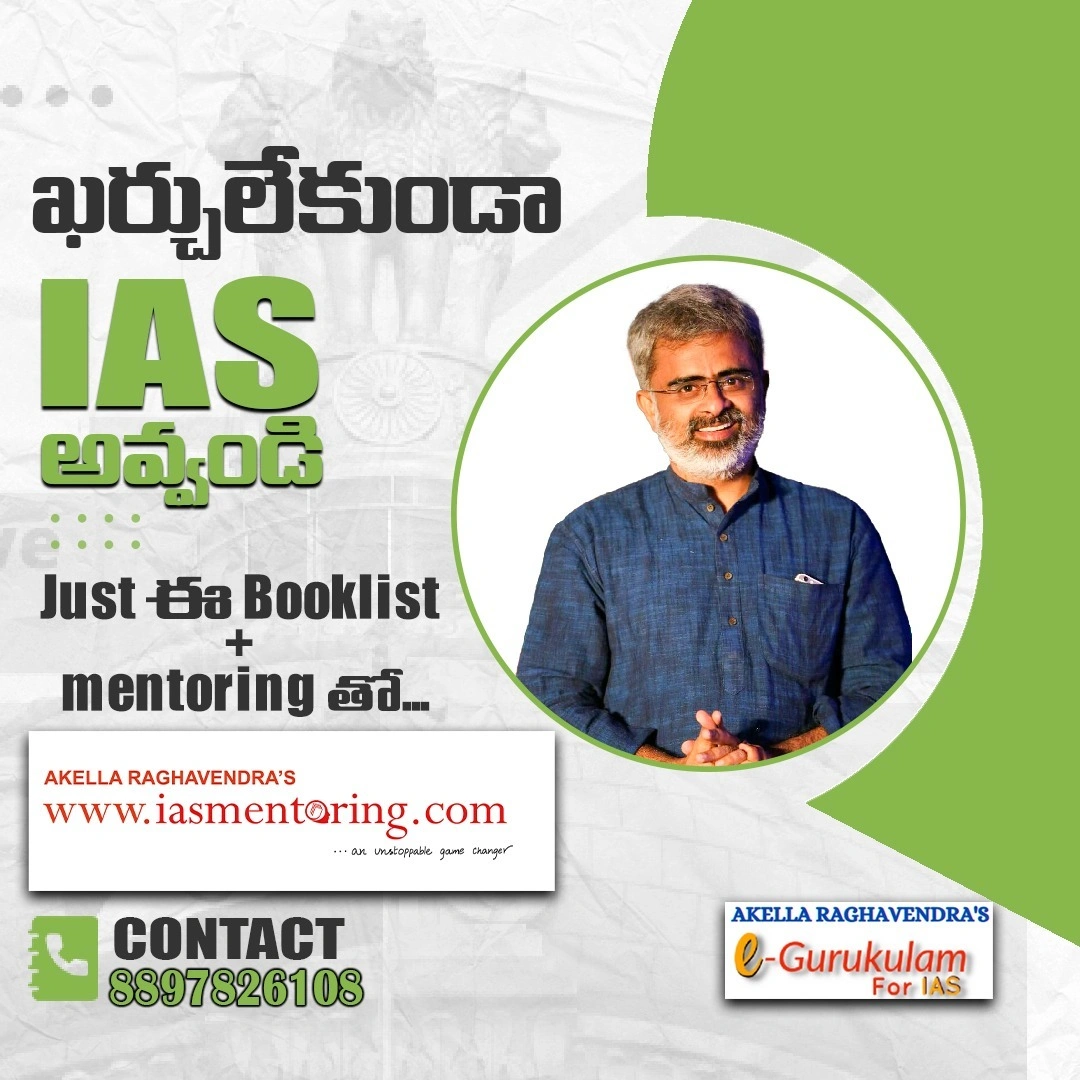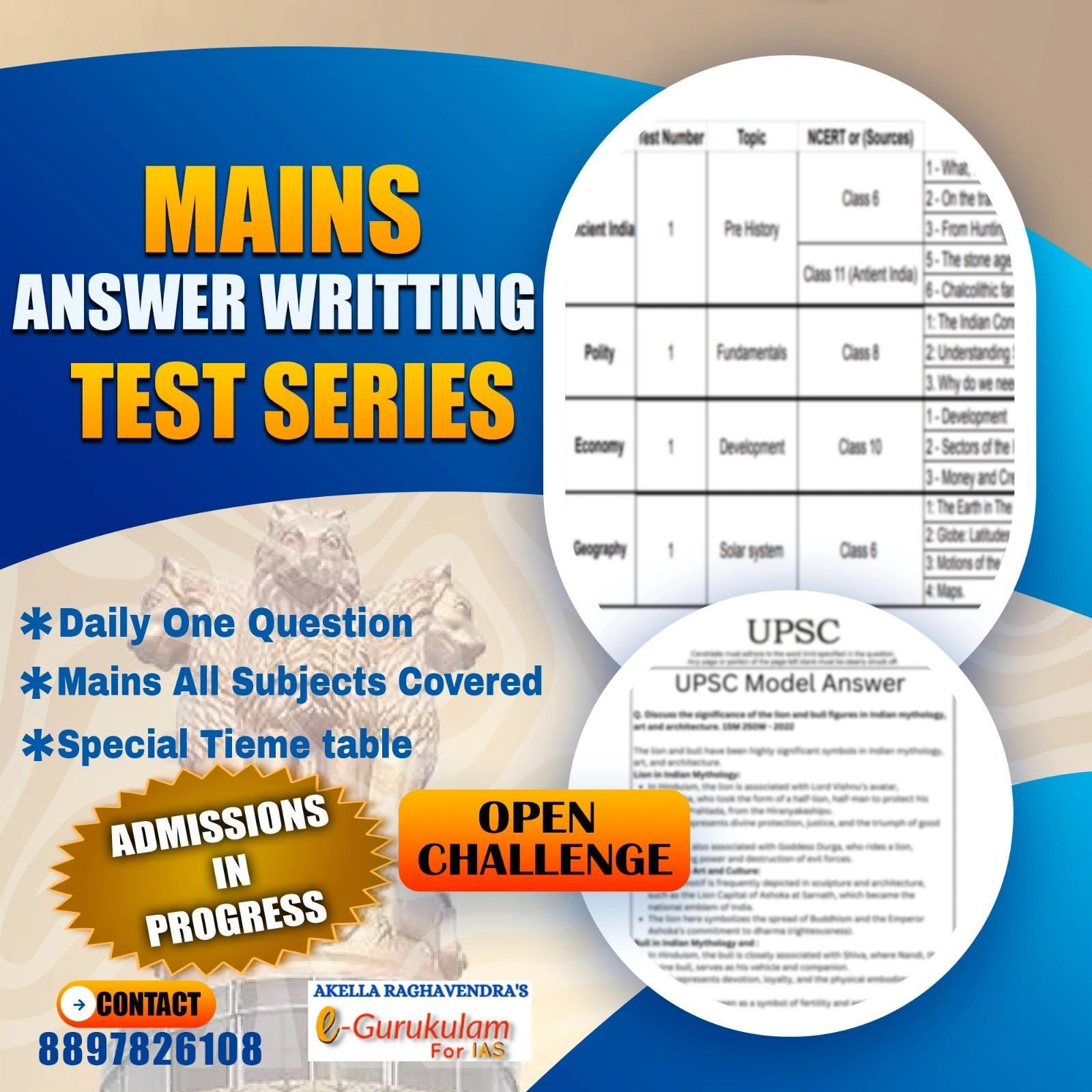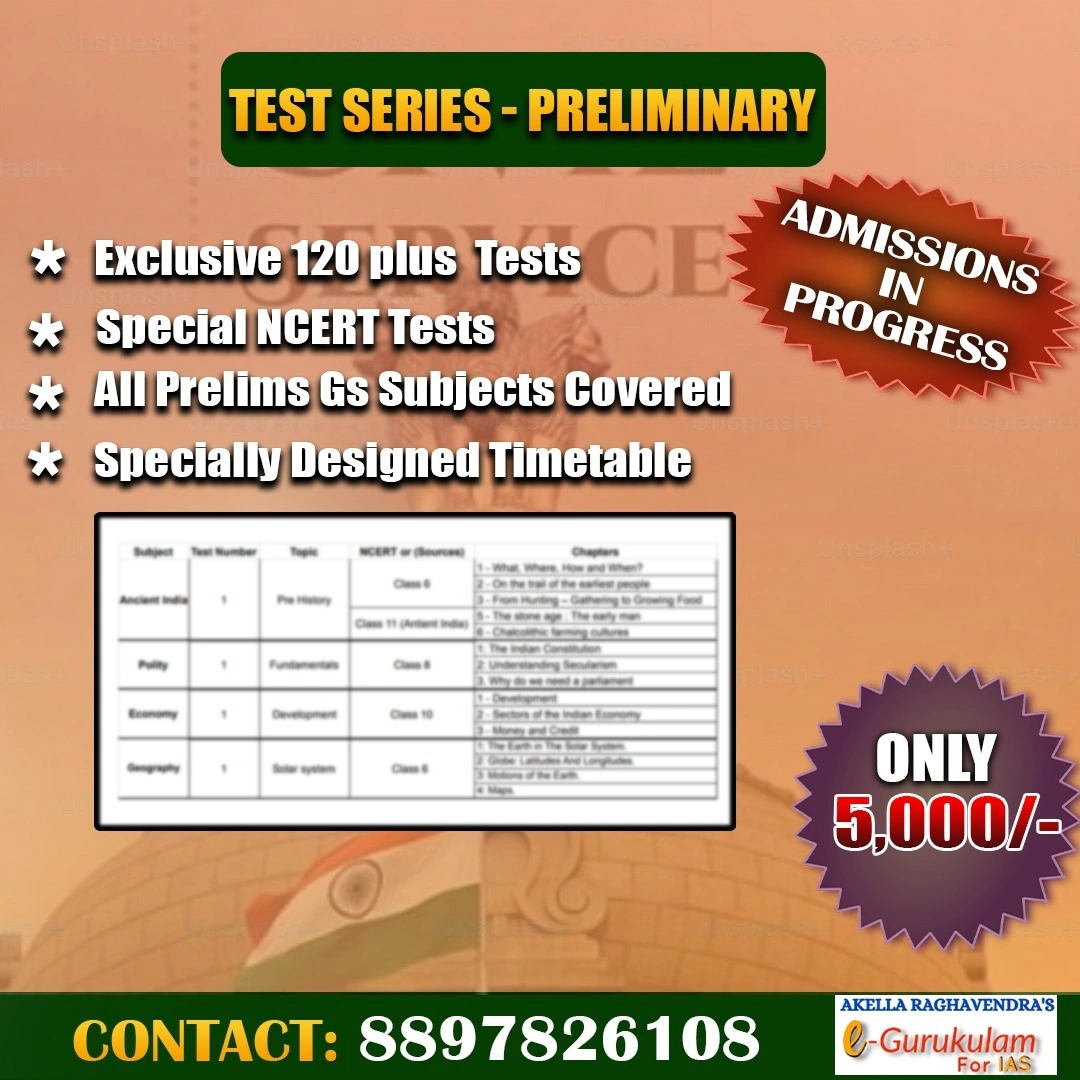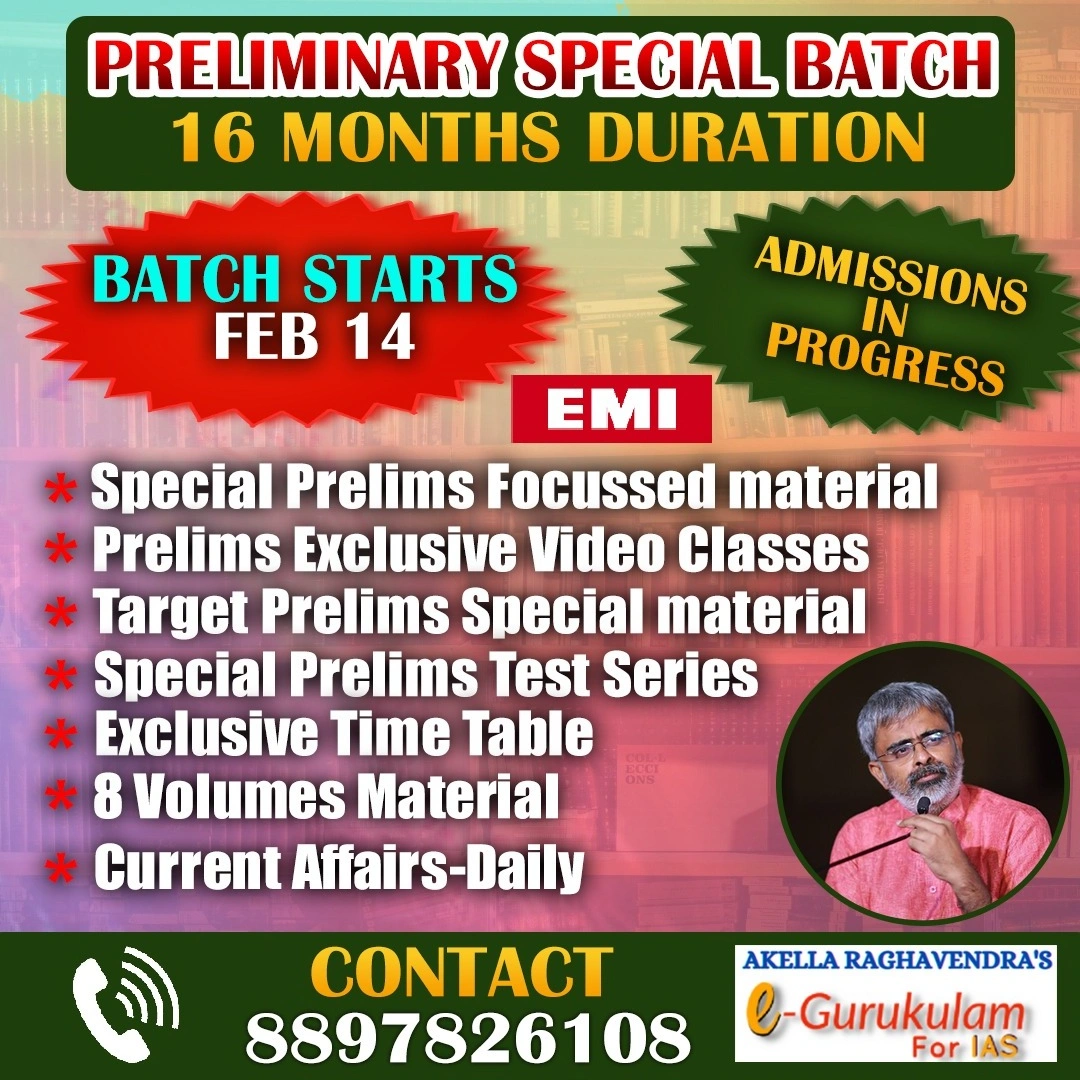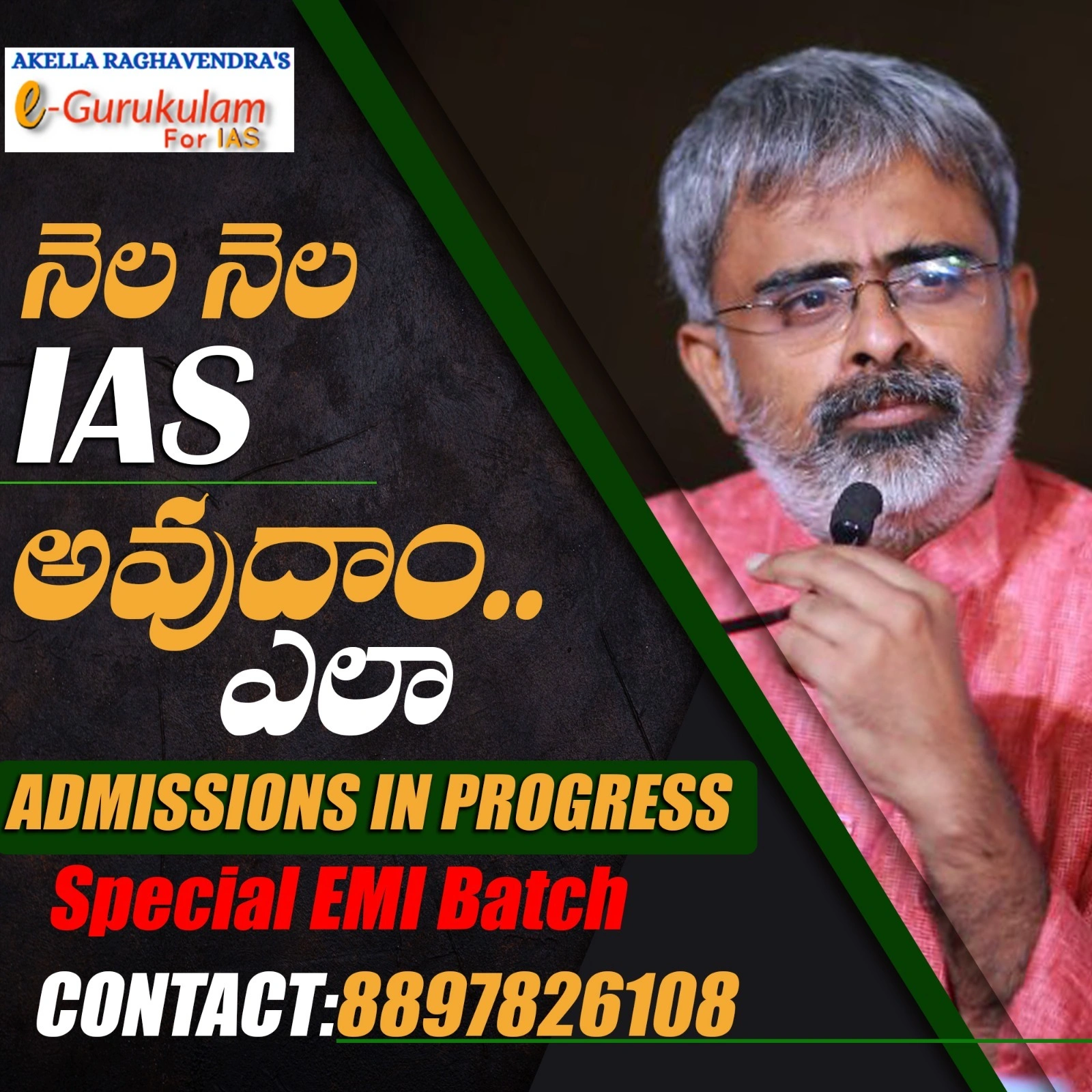History of Medicine From Vedic Period
Vedic Period (1500–500 BCE) is the Roots of Traditional Indian Medicine
- Scriptural Sources:
- Rigveda: Mentions over 67 medicinal plants, indicating early knowledge of plant-based healing.
- Atharvaveda:
- Contains hymns and spells for healing diseases.
- Believed illnesses were caused by both supernatural forces (like spirits) and natural imbalances.
- Suggested rituals, herbal remedies, and chants.
- Features:
- Healing was integrated with religion and cosmology.
- Considered the nascent phase where intuition and observation began forming the basis of health practices.
Classical Period (800 BCE – 1000 CE): The Flourishing of Ayurveda
- This period saw the systematization of knowledge and emergence of core texts of Ayurveda.
Key Texts:
- Charaka Samhita (by Charaka):
- Focus on Kaya Chikitsa (internal medicine).
- Introduced Tridosha Theory:
- Vata (air & space) – movement, communication.
- Pitta (fire & water) – digestion, transformation.
- Kapha (water & earth) – structure, lubrication.
- Diagnosis through eight-fold examination (Ashta Sthana Pariksha).
- Sushruta Samhita (by Sushruta):
- Emphasis on Shalya Tantra (surgery).
- Describes:
- Over 300 surgical procedures.
- 100+ surgical instruments.
- Plastic surgeries (like rhinoplasty).
- Anatomy and physiology in detail.
- Ashtanga Hridaya & Ashtanga Sangraha (by Vagbhata):
- Synthesis of Charaka and Sushruta.
- Easier verses for memorization and transmission.
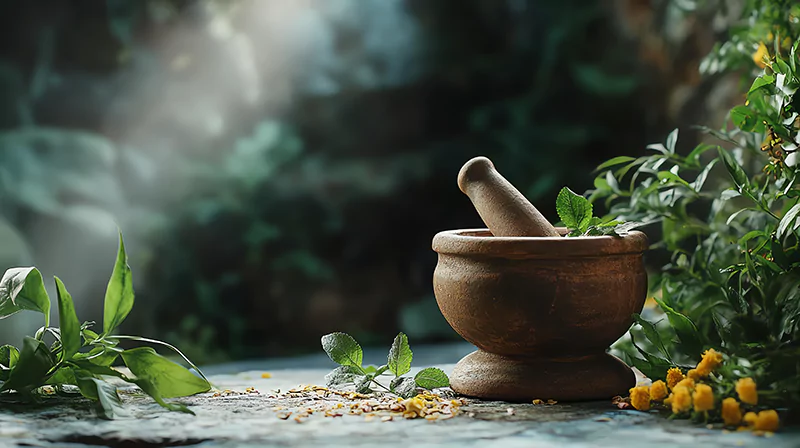
Medical Education:
- Universities like Taxila (where Jivaka studied) and Nalanda provided formal education.
- Early system of gurukul-based learning with oral and textual transmission.
Siddha Medicine: The Southern Legacy
- Origin: Deeply rooted in the Tamil culture and language.
- Founders:18 Siddhars, including Agastya (father of Siddha medicine).
Features:
- Uses herbs, metals, and minerals (especially mercury, sulfur, gold).
- Emphasis on alchemy (Rasa Shastra).
- Pulse diagnosis (Naadi Pariksha) as a key diagnostic method.
- Five elemental theory: Earth, Water, Fire, Air, Ether – balance needed for health.
Philosophical Base:
- Siddha aims for spiritual and physical perfection (Siddhi).
- Medicine, yoga, alchemy, and philosophy are integrated.
Unani Medicine: Greek Roots, Indian Integration
- Introduced in India: Around the 12th century CE by Arab traders and scholars.
- Supporters: Delhi Sultanate, Mughals (e.g., Akbar, Shah Jahan).
Basis of Theory:
- Four humors:
- Dam (blood) – hot & moist.
- Balgham (phlegm) – cold & moist.
- Safra (yellow bile) – hot & dry.
- Sauda (black bile) – cold & dry.
- Health = balance of humors; Disease = imbalance.
- Treatments: Herbal medicine, diet therapy (Ilaj bil Ghiza), physical therapy (Hijama – cupping), and surgery.
- Indo-Unani Tradition: Local herbs and techniques were added to classical Unani practice in India.
Folk, Tribal, and Local Healing Systems
- Uncodified but widespread.
- Oral traditions passed across generations.
- Deeply connected with local ecology:
- Herbs, roots, oils, animal parts, rituals, songs.
- Especially vital in remote tribal areas.
- Significance: Example of Ethnomedicine – healing systems rooted in cultural belief and local environment.
British Colonial Period: Rise of Allopathy, Neglect of Tradition
- British introduced Western biomedicine in 18th–19th centuries.
- Colonial bias: Indian systems labeled as “unscientific.”
- Suppression of indigenous systems from official policy.
- Persistence of traditional practices among rural and culturally connected populations.
Post-Independence Era: Revival and Institutionalization
- 1947 Onwards: India began re-evaluating traditional knowledge systems.
Government Steps:
- Creation of institutions like:
- CCRAS (Ayurveda), CCRUM (Unani), CCRS (Siddha), CCRH (Homeopathy).
- Educational councils for standardizing curriculum.
- Inclusion of AYUSH in public health policy.
AYUSH Defined:
- Ayurveda
- Yoga & Naturopathy
- Unani
- Siddha
- Homoeopathy
- Homoeopathy, though Western in origin, has been adapted into Indian systems and widely used.
21st Century: Global Recognition and Scientific Focus
Growth Factors:
- Limitations and side-effects of allopathy.
- Demand for holistic, preventive, and lifestyle-based
- Global interest in plant-based and mind-body healing.
Ministry of AYUSH (est. 2014):
- Promotes research, development, education, and international cooperation.
- Yoga's global popularity gave an international push to AYUSH systems.
Contemporary Challenges
|
Issue |
Description |
|---|---|
|
Standardization |
Variability in formulations and dosage. |
|
Quality Control |
Adulteration, contamination in raw materials. |
|
Scientific Validation |
Lack of rigorous clinical trials for many traditional remedies. |
|
Integration |
Difficulty in combining AYUSH with allopathy in a cohesive healthcare model. |
|
Biopiracy |
Risk of commercial exploitation of tribal knowledge without benefit-sharing. |
A Future Rooted in Tradition
Traditional Indian medicine is not just a relic of the past but a dynamic system that continues to adapt and evolve. Its principles of balance, prevention, and natural healing offer powerful insights for a sustainable, inclusive healthcare future.
